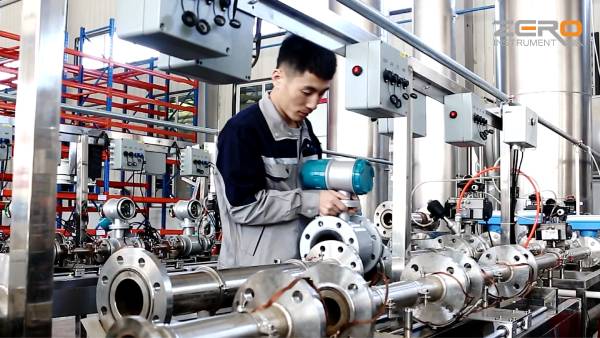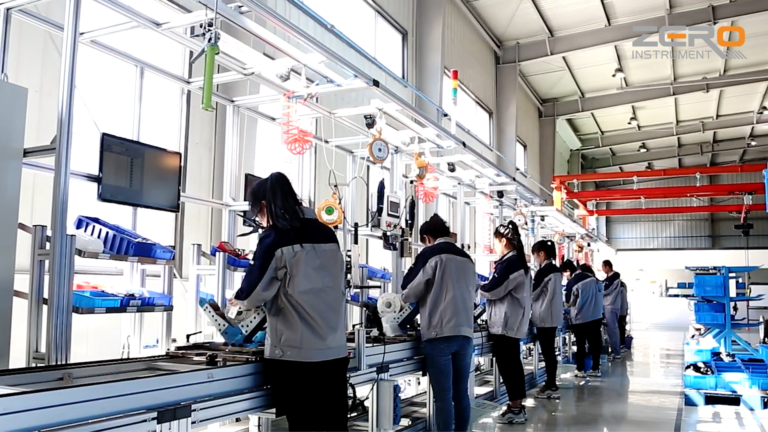Accurate flow measurement is critical to ensuring efficient production processes in the cement industry, where raw materials, fuels, and products are continually moved through various stages. While flow measurement in this industry is not as common as in some others, its importance cannot be understated. Below are some of the key areas where flow measurement plays a significant role in cement manufacturing:

1. Raw Material Flow Measurement
In the cement production process, a variety of raw materials, including limestone, clay, and sand, must be precisely measured. The accuracy of these measurements is critical for maintaining the right composition of the cement. Typically, mass and volume flow measurements are carried out using belt scales, screw scales, or bucket elevators. Ensuring proper flow control of these materials directly impacts the overall quality of the product.
2. Fuel Flow Measurement
Cement kilns rely on a variety of fuels, such as coal, liquid or gaseous fuels, and sometimes even industrial waste. Proper measurement of fuel flow is essential to ensure optimal combustion efficiency and reduce environmental pollution. Instruments like mass flow meters, electromagnetic flow meters, and turbine flow meters are commonly employed to monitor the fuel flow. Accurate measurements help in maintaining the energy efficiency of the kiln and also reduce harmful emissions.
3. Gas Flow Measurement
Cement production generates large quantities of hot gases and exhaust fumes. The flow measurement of these gases is vital for both energy management and environmental monitoring. Accurate gas flow measurement ensures effective utilization of heat energy and helps control emissions in compliance with environmental standards. Differential pressure flow meters, thermal mass flow meters, and ultrasonic flow meters are often used to monitor these gases.
4. Cement Slurry Flow Measurement
The flow of cement slurry is a key aspect in the grinding process, which is essential for the final product’s consistency and quality. Electromagnetic flow meters are typically used to measure the flow of the slurry during the mixing and grinding stages. Proper control over this flow ensures the desired texture and composition of the cement product.

Challenges in Flow Measurement
Despite the crucial role that flow measurement plays in the cement industry, it comes with its own set of challenges:
- High-Temperature Environments: Cement manufacturing processes often occur at elevated temperatures, which can affect the accuracy and longevity of flow meters.
- Corrosive Chemicals: Certain chemicals used in the process may be corrosive, leading to wear and tear on the flow measurement devices.
- Dust and Particulates: The presence of dust, a byproduct of cement production, can interfere with the sensors used in flow meters, reducing their accuracy.
To overcome these challenges, choosing the right type of flow meter for each specific application is crucial. Additionally, an experienced operations team is required to ensure proper maintenance and operation of the devices to guarantee reliable and accurate measurements.

Conclusion
Accurate flow measurement in the cement industry is fundamental to improving production efficiency, ensuring product quality, and maintaining environmental standards. As technology advances, the use of more sophisticated flow meters and sensors can help address the unique challenges faced in this industry, leading to more sustainable and efficient manufacturing processes.
